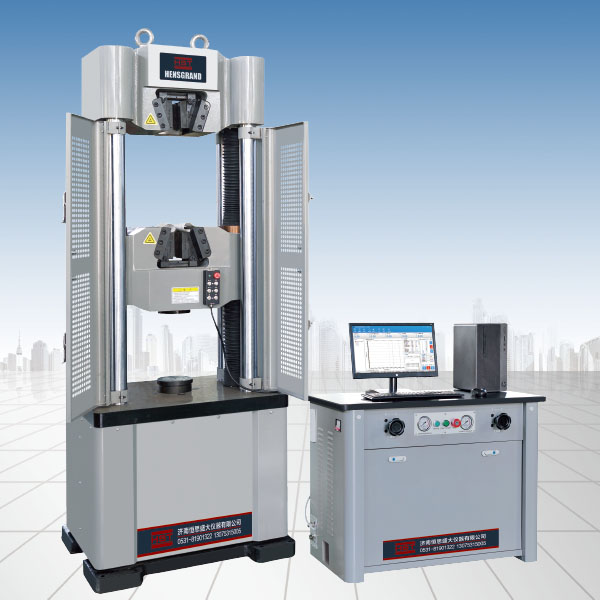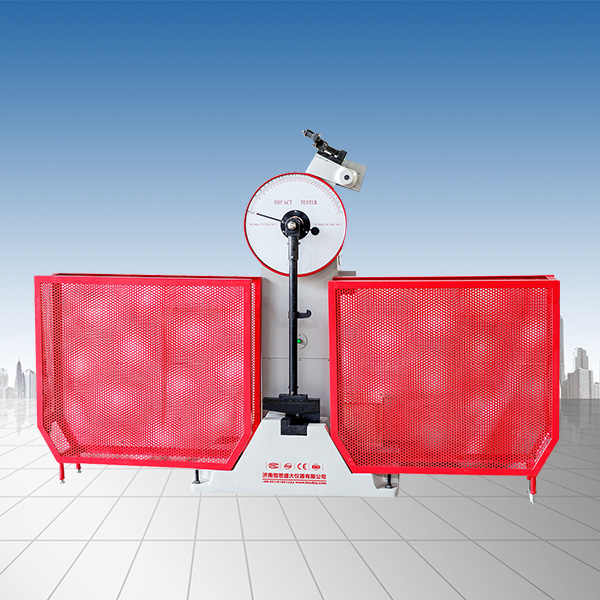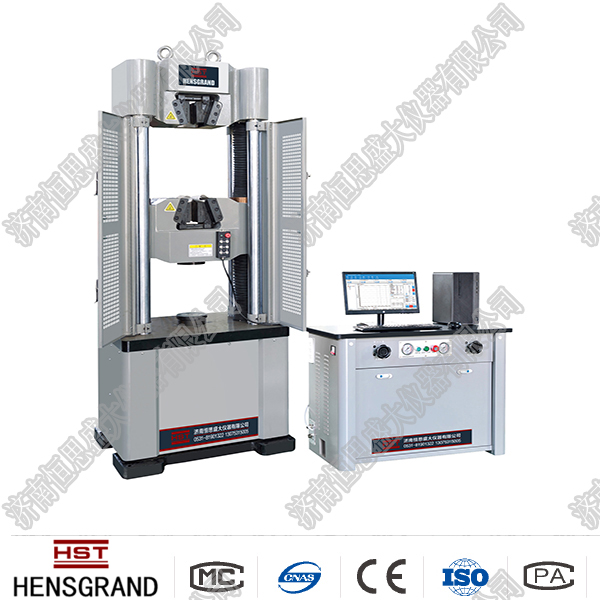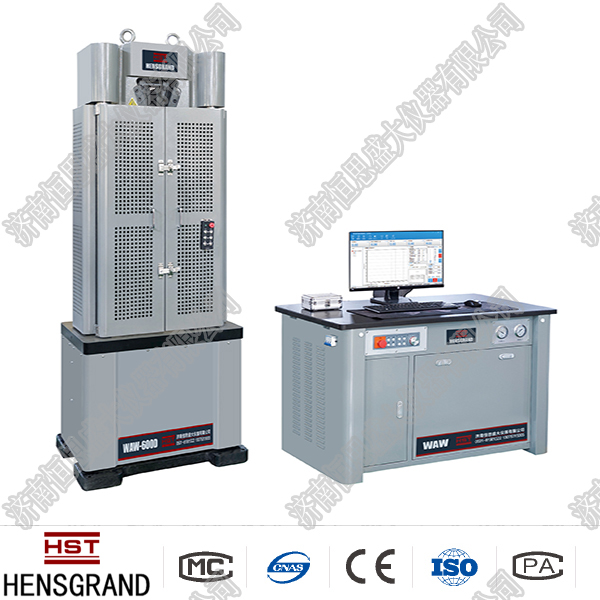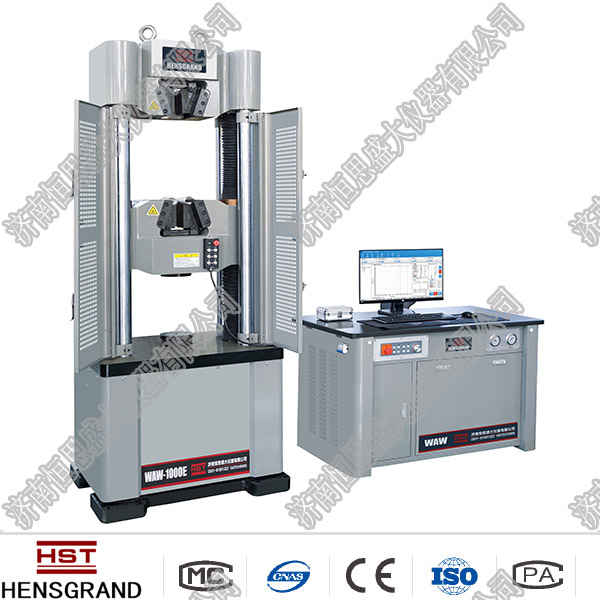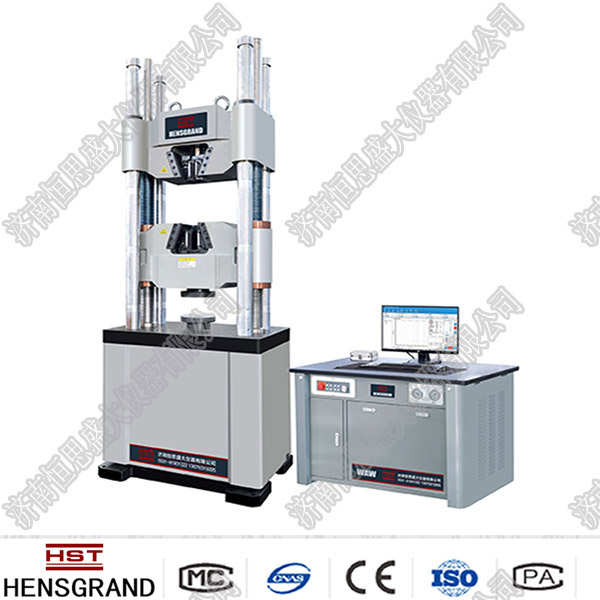Company News
Force measurement system of electronic universal testing machine
Release time:2018-11-23 source:Jinan Hengsi Shanda Instrument Co., Ltd. Browse:
The combination of traditional mechanical technology and modern electronic technology has produced a universal test machine. The universal test machine can conduct a variety of mechanical performance tests such as tensile, compression, and bending on various materials. The universal test machine has the characteristics of wide measurement range, high accuracy and fast response. Reliable work and high efficiency, and can display and record and print test data in real time.
Combined with the traditional mechanical technology and modern electronic technology produced the universal testing machine, universal testing machine can be of various materials tensile, compression,bending and a number of mechanical property test, the universal testing machine has wide measurement range, high precision, fast response characteristics. Reliable operation, high efficiency, but the test data are displayed in real time recording and printing.
Force value measurement of electronic universal testing machine
Electronic universal testing machine force measurement
1. Force value measurement
The 1 force measurement
The measurement is completed through a force sensor, an amplifier and a data processing system. The commonly used force sensor is a strain gauge sensor. When external forces act on the sensor, it causes changes in the sensor output voltage, and the voltage output by the sensor passes through the amplifier and data processing system. Convert the electrical signal into a value, i.e. the magnitude of the applied force
The force measuring sensor, amplifier and data processing system to complete the measurement. The force sensor is the most commonly used strain gauge sensor, when the external force on the sensor, arising from changes in the output voltage of the sensor, and the sensor output voltage through the amplifier and data processing system. The electric signal is converted into numerical, i.e. the appliedforce
2. Measurement of deformation
2 deformation measurement
It is used to measure deformations caused by deformation measurements and installations.
To measure the deformation measurement setup, it is used for measuring the specimen deformation generated during the experiment.
There are two chucks on the installation, which are connected to the photoelectric encoder installed on the top of the measurement installation through a series of transmission mechanisms. When the interval between the two chucks changes, the axis of the photoelectric encoder is driven to rotate, and the photoelectric encoder will have a pulse signal output. Then the microcontroller stops handling this signal and can obtain the deformation amount of the sample.
There are two chuck the installation, after a series of drive mechanism arranged on the photoelectric encoder mounted on top of the connected together, when the two chuck intervals vary, the axis rotation of the photoelectric encoder, photoelectric encoder can output the pulse signal. Then the MCU to signal processing, deformation can be calculated sample.
3. Measurement of beam displacement
3 the beam displacement measurement
The principle is roughly the same as the deformation measurement, and the displacement of the beam is obtained by measuring the output pulse number of the photoelectric encoder.
The principle is the same as the deformation measurement of roughly the same, is through the measurement of photoelectric encoder outputpulse number to obtain displacement of beam.
http://www.hssdtest.com/- Previous article:How to avoid errors in electronic universal testing machines
- Next article:Advantages of electronic universal material testing machine
Recommended productsPRODUCTS


















